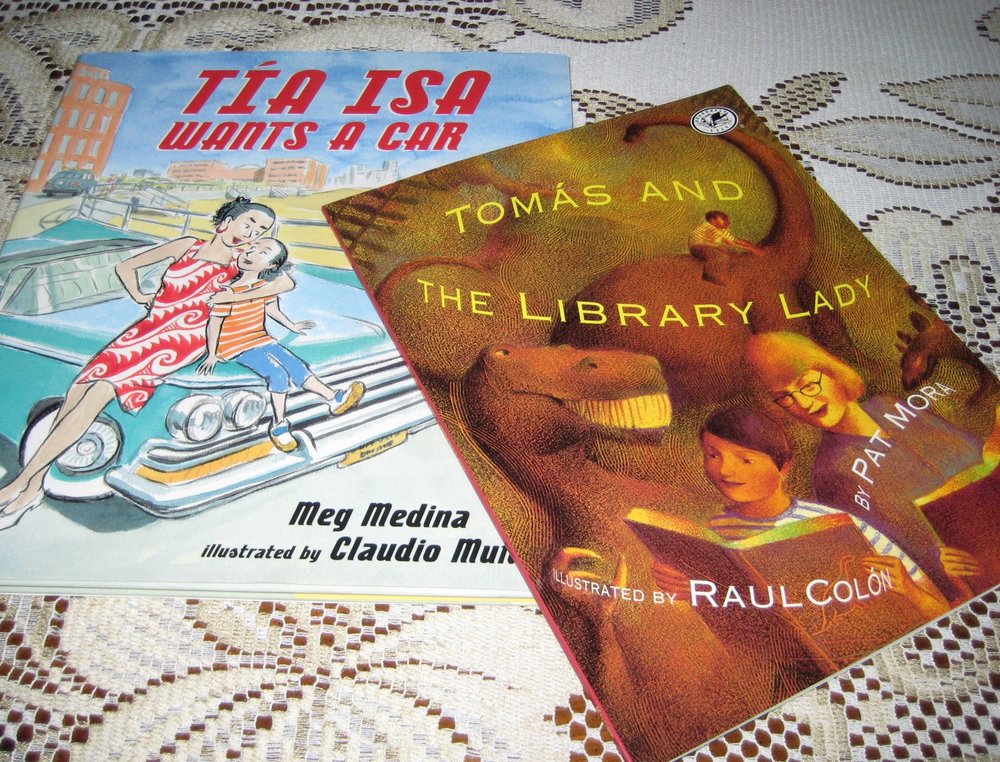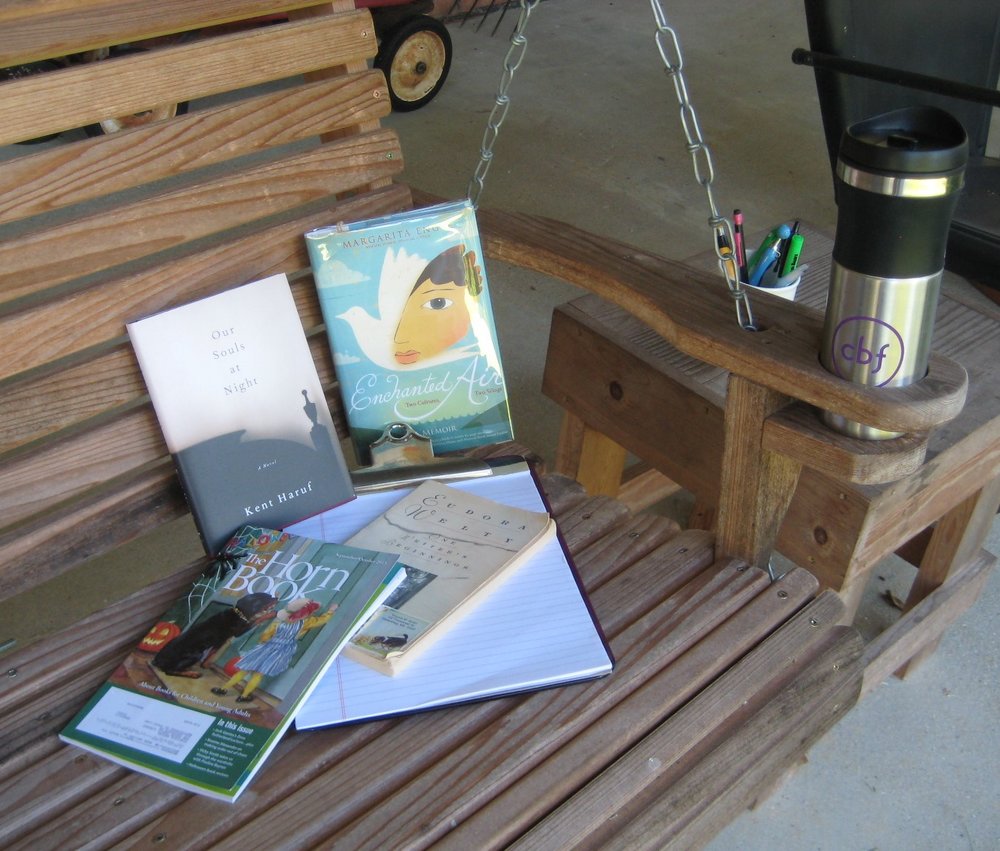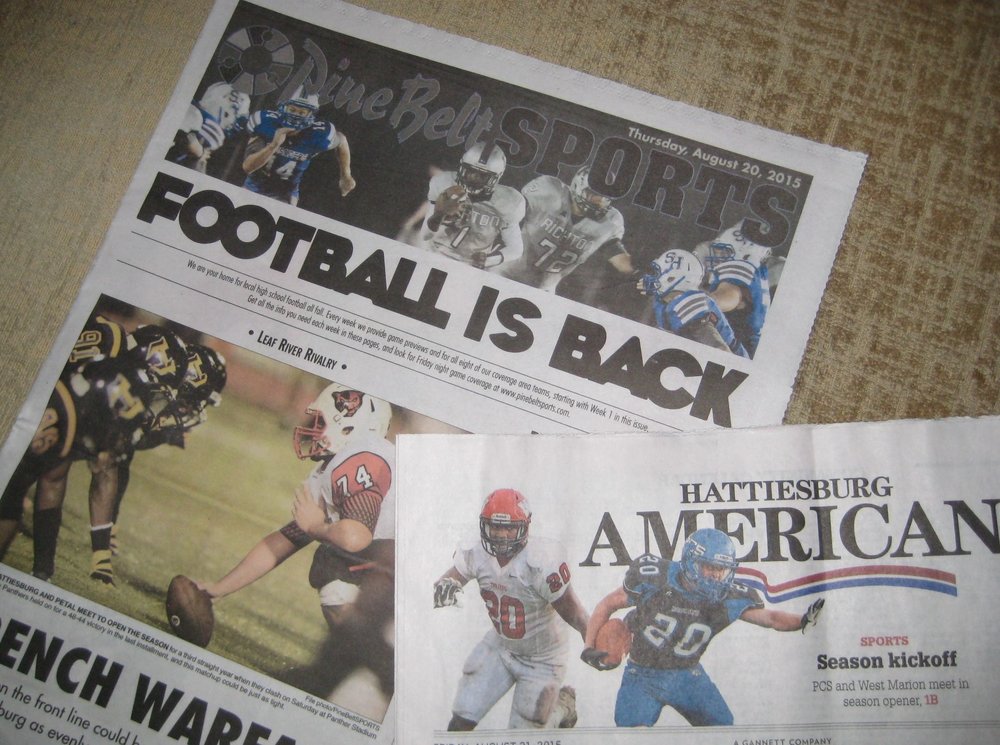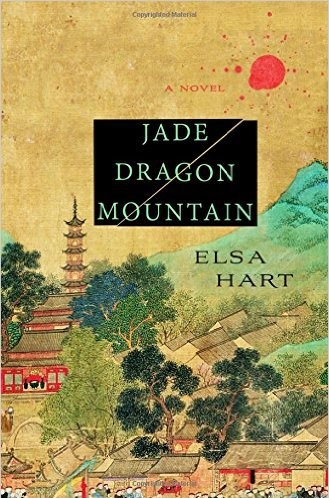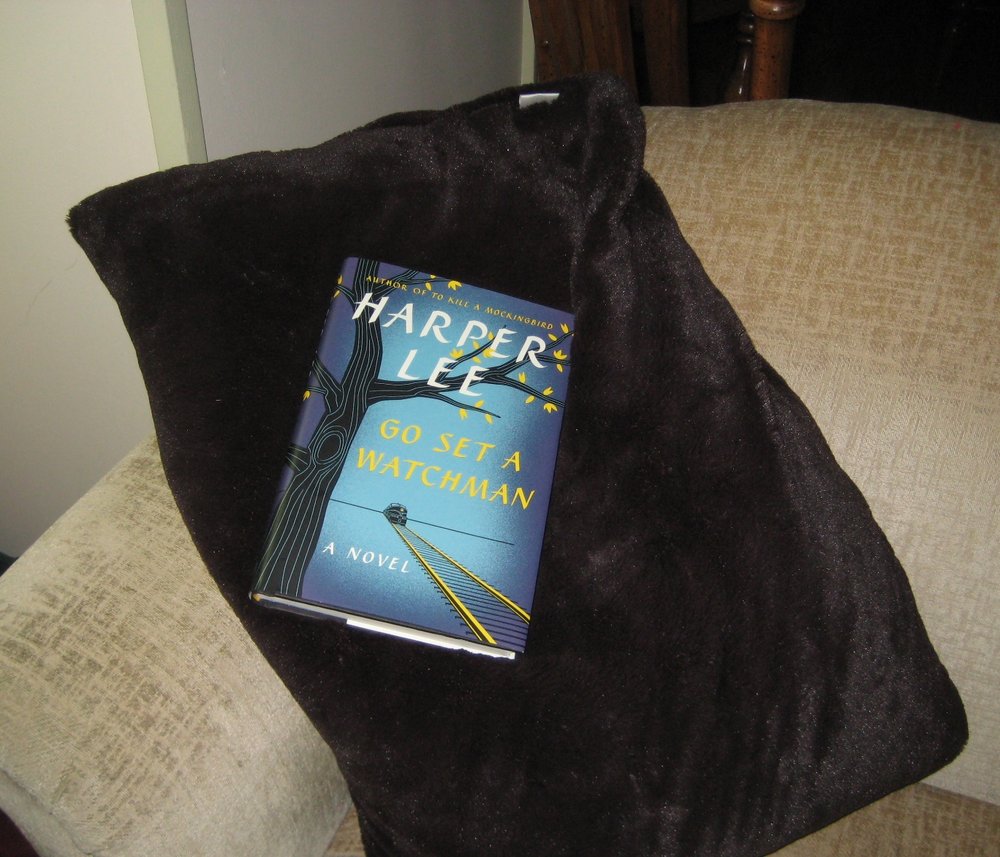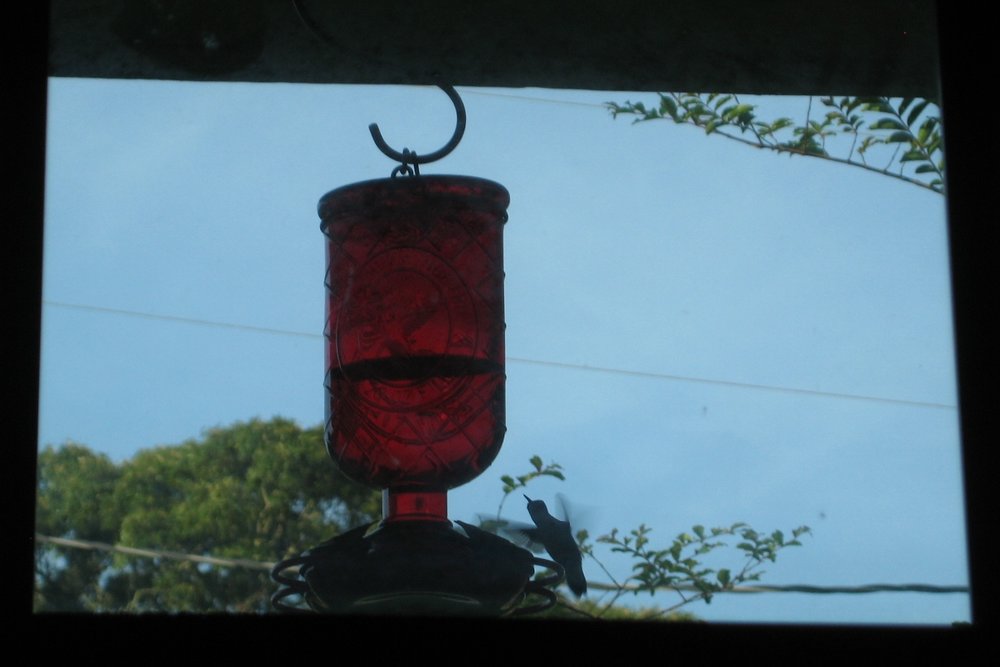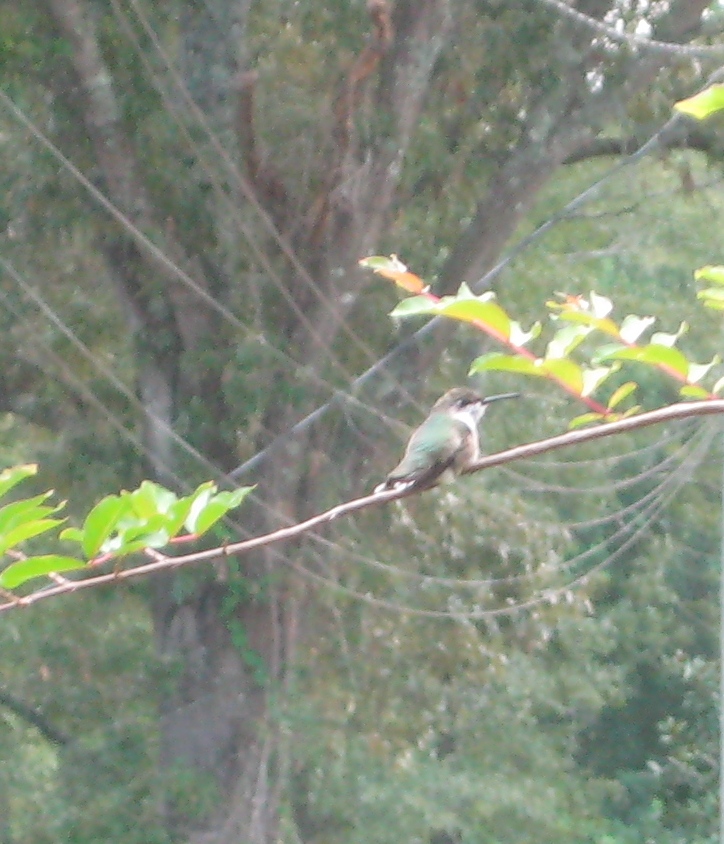 Colum McCann, in Thirteen Ways of Looking, writes four stories that seem to have little to do with each other at first glance.
Colum McCann, in Thirteen Ways of Looking, writes four stories that seem to have little to do with each other at first glance.
In “Thirteen Ways of Looking,” the title novella, an old man deals with the degradation of aging. Once a highly respected judge, his memories meander back through his life – the romance and good times with family, the rebellious teenage daughter, and the disappointment his financially successful son has turned out to be – and that’s all before his murder has to be resolved.
“What Time Is It Now, Where Are You” follows a writer concocting a short story for a New Year’s edition of a newspaper magazine. The writer’s characters take life with their own agendas and distract him from his all-important deadline.
“Sh’Khol” kicks in seven years after Rebecca and her husband adopt a son in Vladivostok. The child has bodily scars from who knows what, is deaf, and was born with fetal alcohol syndrome. He’s a child who would be a challenge even if his parents had not divorced. Now, he has disappeared? In the lake? Kidnapped? As the community searches, Rebecca keeps repeating to those who call his name, “He can’t hear you.”
“Treaty” finds Beverly, a seventy-six year old nun, on retreat for a month or two needing rest and repose from her exhaustion working at a girls’ clinic in Houston. One night she catches a glimpse of a diplomat at a peace conference and knows him to be the man who raped and brutalized her thirty-seven years ago.
Nearing the end of the four stories that took me into the psyches of the protagonists, I found a connection of my own. Each aroused deep sympathy for troubling circumstances while harboring the hope that nothing like this ever happens to anyone I care about. They also returned me to an almost forgotten joy of reading short stories.








